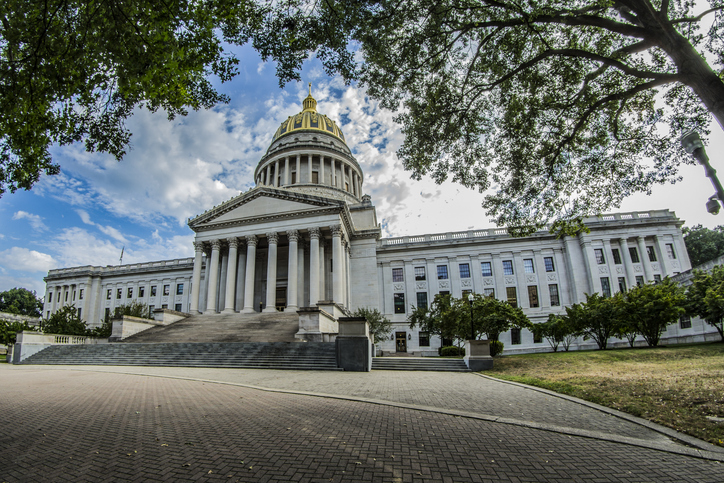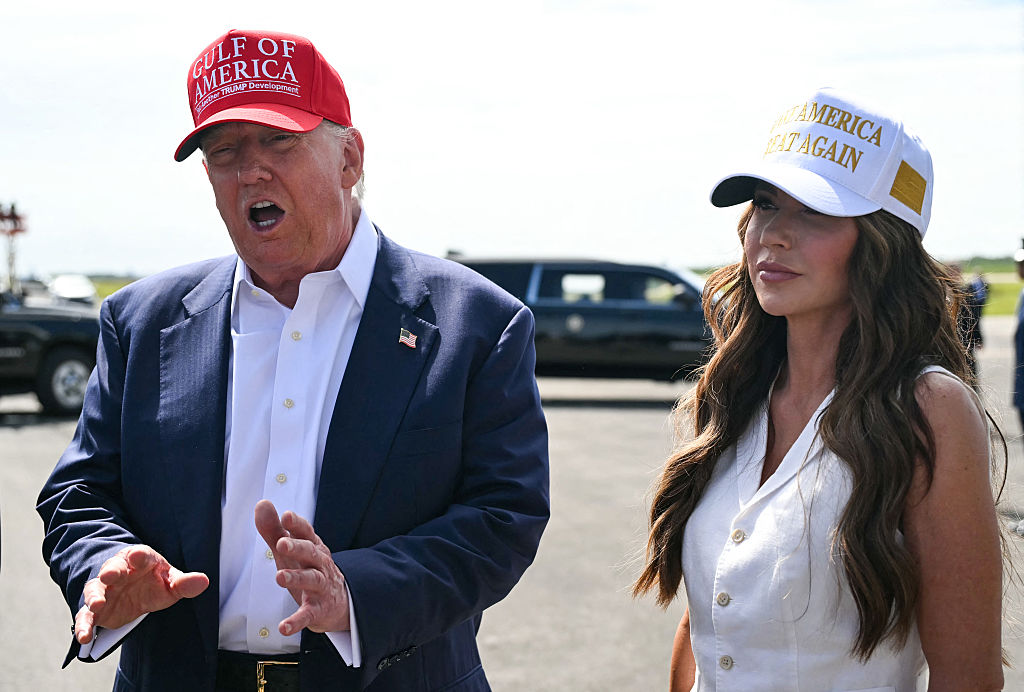Black Folklore In Video Episode 3: Seneca Village
Welcome to episode three of Black Folklore In Video: Seneca Village. To read the entire story about Seneca Village click here. Host Grant Yanney takes us on a journey through the past as he breaks down the secrets of the of Black town buried beneath New York’s Central Park, Seneca Village.
Central Park, in New York City, is one of the most famous parks in the world. Its iconic skylines and beautiful scenery get visited by over 25 million people each year. It’s adored by both locals and tourists from all over the world.
But the park has a history shrouded in black American folklore. Stories that we know to be partly true but important details lost in the building of a nation.
In 1825, The New York African Society for Mutual Relief saw an opportunity to build something for black people in the city of New York. White landowners near West 82nd to West 89th Street were looking to sell some of their lands. But unlike most of their white counterparts, John and Elizabeth Whitehead were willing to sell to blacks.
They subdivided their land, selling the first 15 lots to Epiphany Davis and Andrew Williams, two well-known members of The New York African Society for Mutual Relief. Soon after the AME Zion Church would purchase six more lots. By 1832, the Whiteheads has sold half their land to free blacks and there were 10 homes in the small community called Seneca Village. Residents here built gardens, raised livestock and fished from the Hudson River as a source of food. They even used a nearby spring for fresh drinking water. The community seemed to escape from the housing discrimination plights of downtown Manhattan and this attracted more black families looking for a better life. Its location created a refuge from discrimination Black people were feeling all over America.
By the 1850s Seneca Village had grown into a 50-home community with three churches, an all-black school and a cemetery. Owning property was unique to black people during the time, but in Seneca Village it was common. By 1855, half of the black people living in the village owned their homes. If you were Black at the time in order to vote you had to own $250 worth of property and hold residency there for at least three years. In 1845, there were 100 black men in the state who were eligible to vote, 10 of them lived in Seneca Village.
If you want to read more original Black Folklore stories click here.















